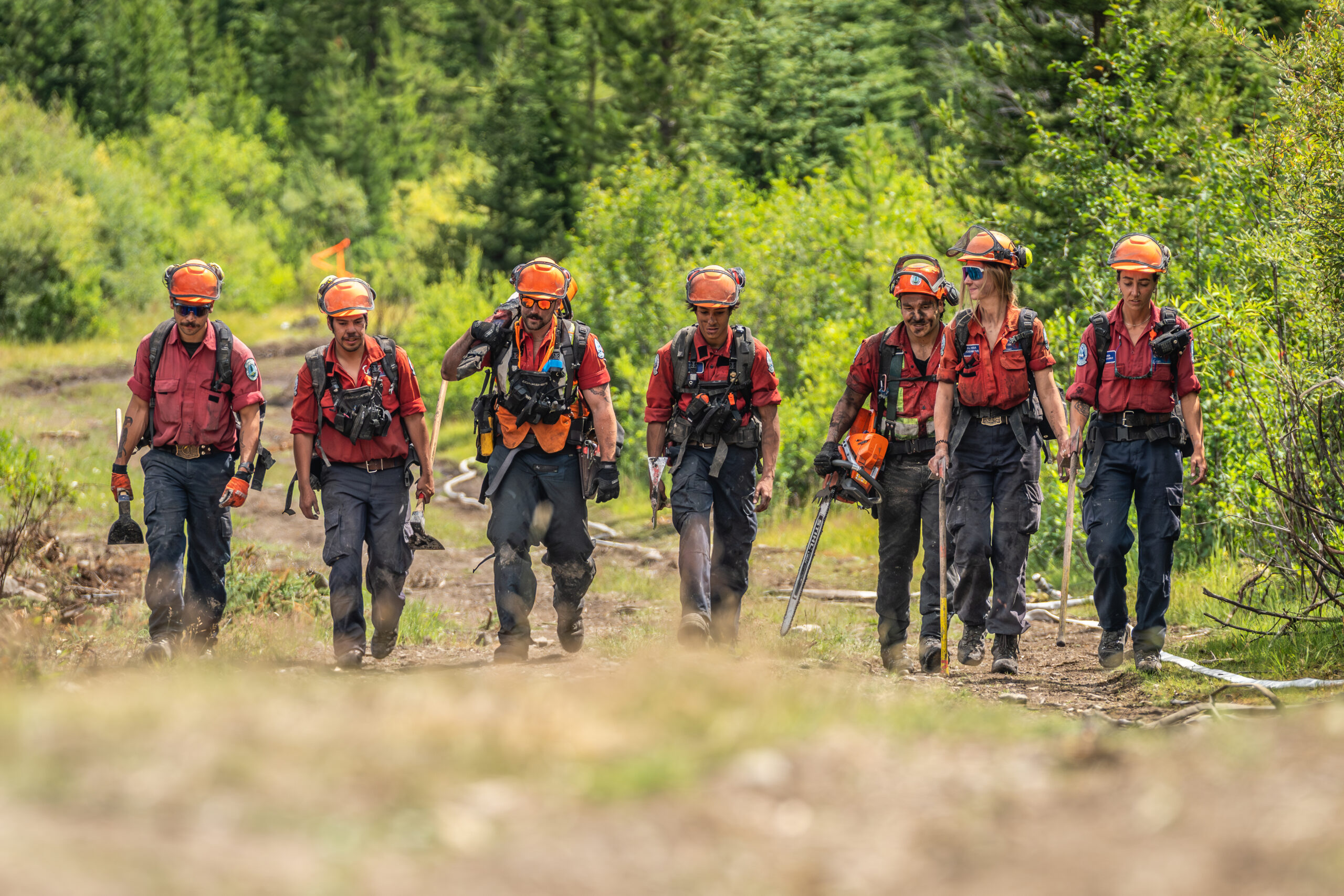Several factors helped forest service firefighters turn the tide when a late-season heatwave sparked a series of new blazes across the Kamloops Fire Centre this past summer.
According to regional wildfire coordinating officer Dale Bojahra, the addition of night-vision equipment to helicopters made a major difference in how crews tackled fires during the crucial late-season push.
Not only are these helicopters equipped with night-vision capabilities able to spot and assess fires overnight — something that wasn’t possible until the 2024 fire season — these late-night operators also have a heavy helicopter flying with them to dump a load or two of water or retardant on a fire.
By the time the sun comes up, Bojahra explained, crews already have a head start.
“So come first light [the fire] has already been beat up a little bit,” he said. “Now we just have to send a crew in and finish it off.”
This approach has proven to be a game-changer. Crews can move from one fire to the next before the day’s peak heat sets in, making operations faster and more efficient. In the past, morning assessments slowed the response time, meaning firefighters might still be battling the same blaze by early afternoon.
“With our overnight operations we’ve got a much clearer priority list to go after. So we had some really good success with that this season,” he said.
The 2025 wildfire season started slowly, with alternating stretches of warm and cool, wet weather through much of early summer. Sustained hot weather didn’t arrive until nearly a month later than usual, and the first major lightning storm didn’t strike until late August.
Lightning was behind many of the fires that ignited heading into September, Bojahra noted — most of them at night, when the new night-vision system proved invaluable.
The delayed start to the season also worked in the firefighters’ favour. Because crews had not been stretched thin earlier in the summer, there were plenty of personnel available to respond quickly when lightning finally did spark fires across the region.
“We had a number of factors which led to us being tremendously successful during that period [in late August],” said Bojahra.
Between April 1 and Oct. 17, the Kamloops Fire Centre recorded 276 wildfires, burning 9,574 hectares. Of those, 124 were caused by lightning and 150 by people — a significant drop from the previous year’s 392 fires, which scorched 52,785 hectares.
The contrast is even sharper compared to 2023, when 388 fires burned more than 200,000 hectares, including the destructive Bush Creek East wildfire in the Shuswap.
Looking ahead, Bojahra said it’s always hard to predict what the next wildfire season could look like. However, drought levels are in the 90th percentile, which means the potential is there for a busy 2026 wildfire season unless it’s a particularly mild and wet winter.

